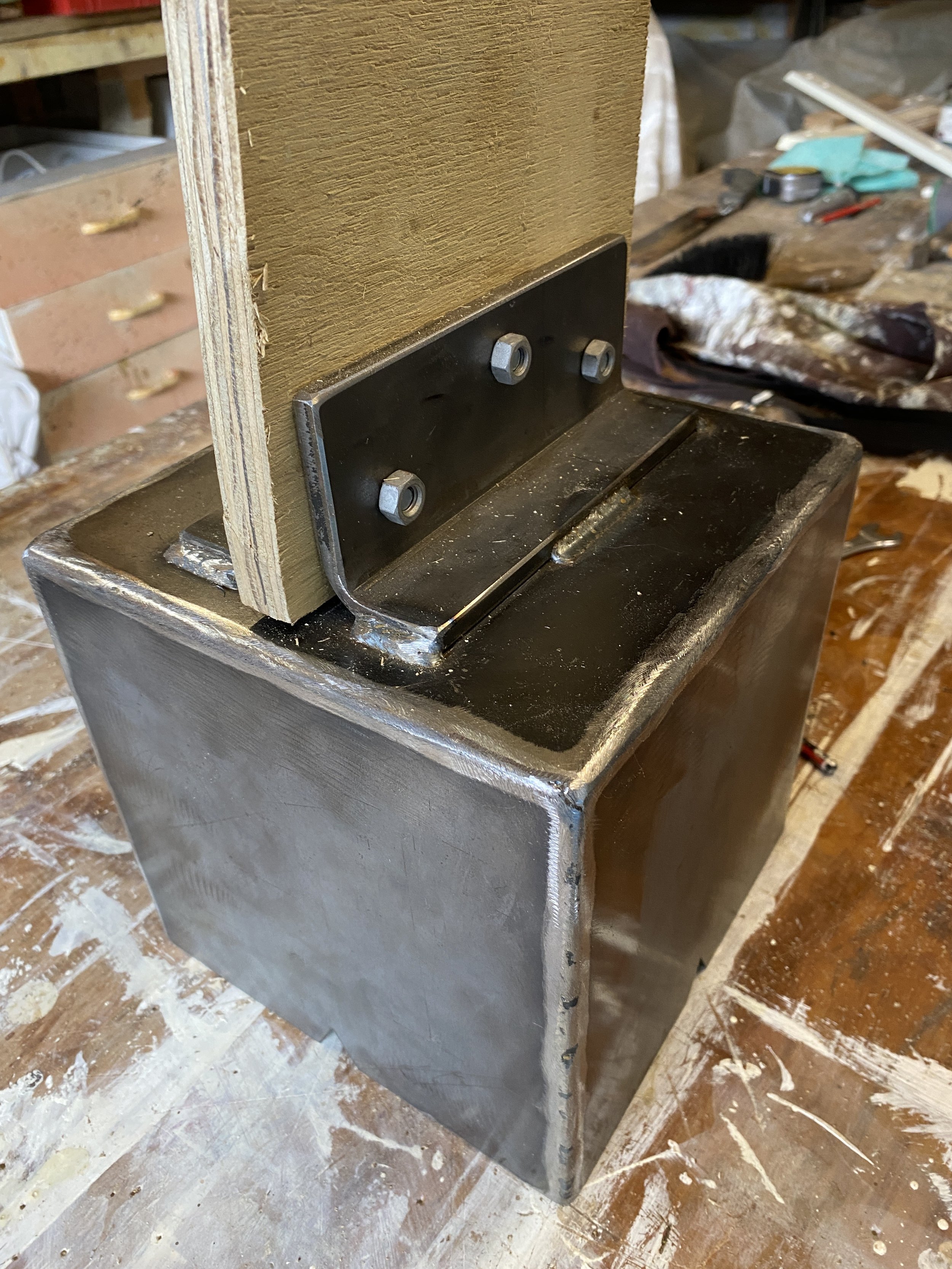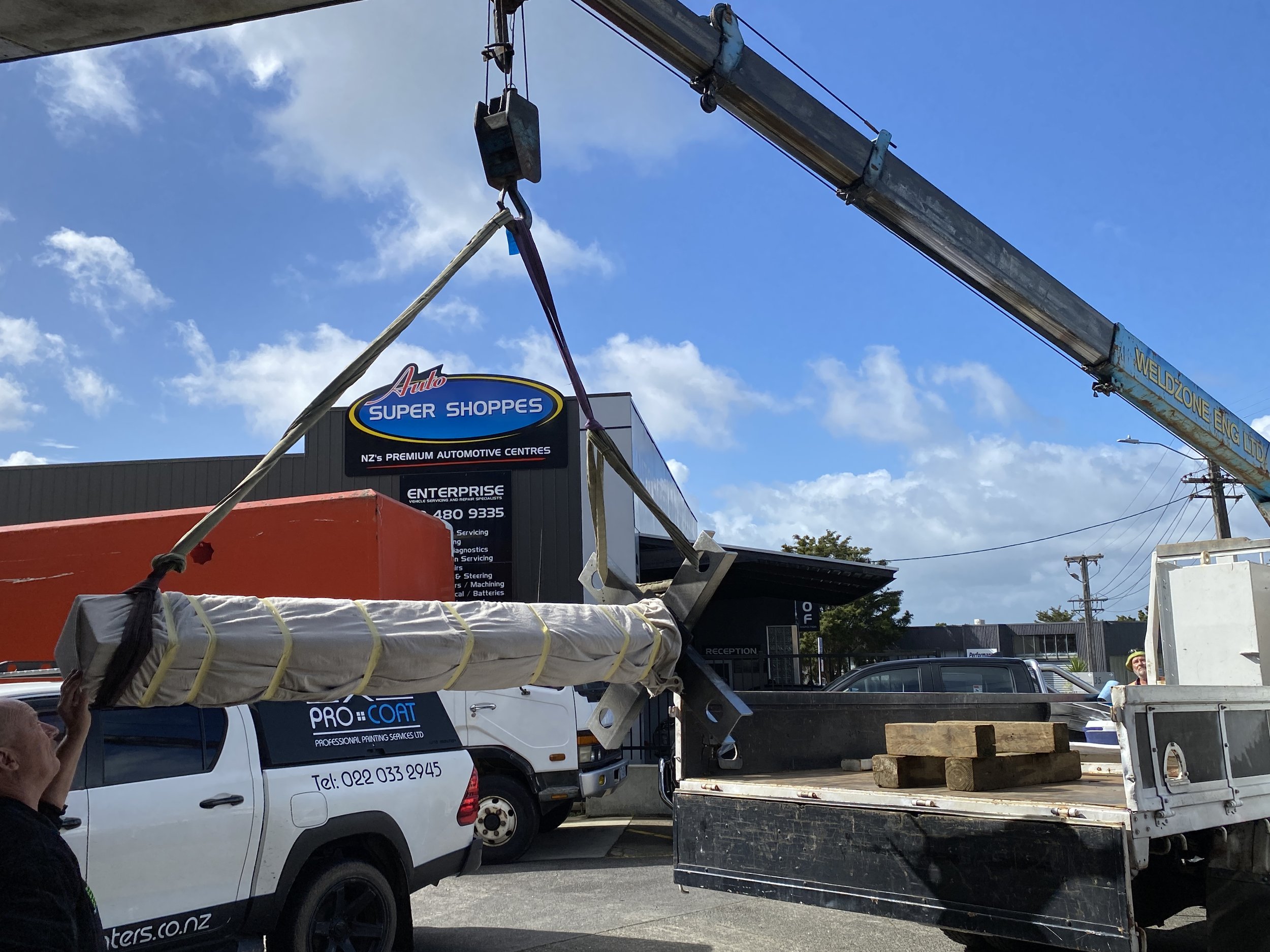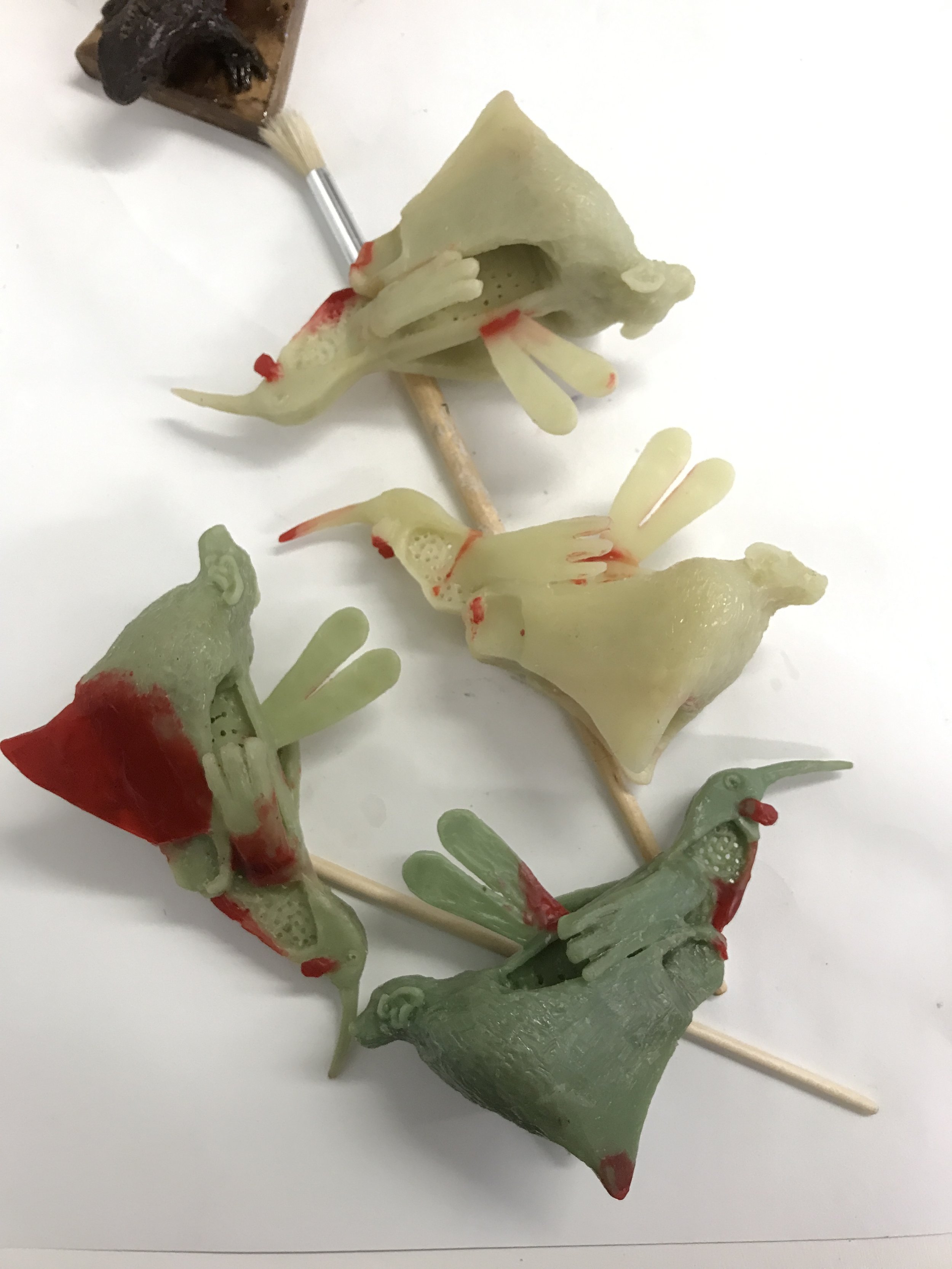Current workings
As a forth generation Pakehā, I am particularly interested in how we as a combined nation can use all wisdom at our disposal to form better and enduring relationships with the whenua, the land and environment. My work has always considered our human regard for indigenous flora and fauna, and this new focus allows a vital addition of Māori tikanga and how this could be rewarding for everyone in Aotearoa.
Medal Artists New Zealand. MANZ 11-30 March 2025 Artis Gallery, Parnell. These works explore Papatūānuku’s role in Te orokohanga o te ao – the creation of the world. Papatūānuku is considered to be the Māori Earth Mother, the source of all life. She is presented as having a rich and intense relationship with both the whenua, flora, and fauna taonga. She shows us an intimate regard for the world around us that we could emulate. My exhibited works include a large bronze: Papatūānuku -Te kaitiaki o ngā mea katoa i te ao. The guardian of all things on Earth, and 3x smaller art-medals that are 2x sided: Te Whānautanga o tētahi huia me te pekapeka-The birth of a huia and the pekapeka, Te hua o te taiao mā roto i a Papatūānuku. The abundance of nature through Papatūānuku, and Te kaihāpai o te whenua. Papatūānuku as sustainer of the whenua. The images below show the development from initial wax forms, to hollow-cast wax (large piece only), to hollow-cast bronze, welding and fettling, patination and waxing.
(Papatūānuku / Earth Mother, the source of all life)
Auckland Botanic Gardens sculpture commission. This piece, (steel and fibreglass) called Two with one shot, commemorates an Aotearoa taonga the extinct Huia. Excessive hunting motivated by human greed, led to the end of the species, by around 1900. As a Huia brooch (modeled off the one in the Te Papa Museum collection), comment is made on the profligate resourcing of these bird parts (tails, feathers, skins) for the benefit of Victorian European fashion tastes - graphic elements added to the brooch form will suggest this detail.
Awakening
Bronze and fibre-glass. 850mm long
Our relationship with the environment has many future unknowns. Like many in Aotearoa, I consider that critical change in attitudes and actions are needed to partner with nature. In my experience, any significant shift in vision most often involves risks and uncertainties, and needs courage and vulnerability to collaborate in new directions.
Our extinct huia and threatened pekapeka, tuna and tuatara are all taonga, that remind us of what has already gone, and the prospect of further loss.
The images after the Botanic Gardens sculpture are of the pre-casting forms (wax, carved wood) and fibre-glass molds. In developments, I dispensed with the shroud idea, and the man is to be seen rising in the waka, coming awake.
The waka hull has been spray-painted bronze elements patinated and painted with oil paints. My process: readings, korero, drawings, iterations in wax, carving, fibre-glass, bronze, patinas, automotive spray-paint and oil paint.
Small figures
Smaller figure combinations (in wax yet and cast), after Awakening , explore the idea of humankind in tension with nature - there is often a whimsical situation when bird-creatures seem to threaten humans.
Pekapeka
Pekapeka were revisited briefly to explore variations of poses and actions.
Two with one shot
Making exotic Victorian jewellery using bird parts was commonplace and fashionable in Europe, over 120 years ago. Huia beaks, feathers and skins were greatly in demand for their beauty and uniqueness by collectors.
Two with one shot references Walter Buller’s shooting of Huia in a Rimutaka Range hunting party in 1883: “… as they were caressing each other with their beautiful bills, a charge of No.6 [shot] brought both to the ground together.”1
When researching history of the Huia, Greg Piper was captured by the poignancy of the Huia Beak Brooch, seen at Te Papa.2 His 3.3m high brooch sculpture reminds us of both beauty and loss. Greg has replaced the traditional gold decorative engraving (seen on the original brooch) with visual elements relating to the historical context of the time. This work is a remembrance of the Huia as a lost taonga, and is a contemporary call to care for the wild environments of Aotearoa.
1 Szabo, M.(Oct-Dec1993). Huia, the sacred bird. New Zealand National Geographic. Issue 020. https://www.nzgeo.com/stories/huia-the-sacred-bird/
2 Huia beak brooch, circa 1900, New Zealand, maker unknown. Purchased 1996 with New Zealand Lottery Grants Board funds. CC BY-NC-ND 4.0. Te Papa (GH005020)
The progress from steel fabricated base through fibreglass developments, then spray painting,visual elements added, then the attachment of brass items can be seen in the images below.


























































































